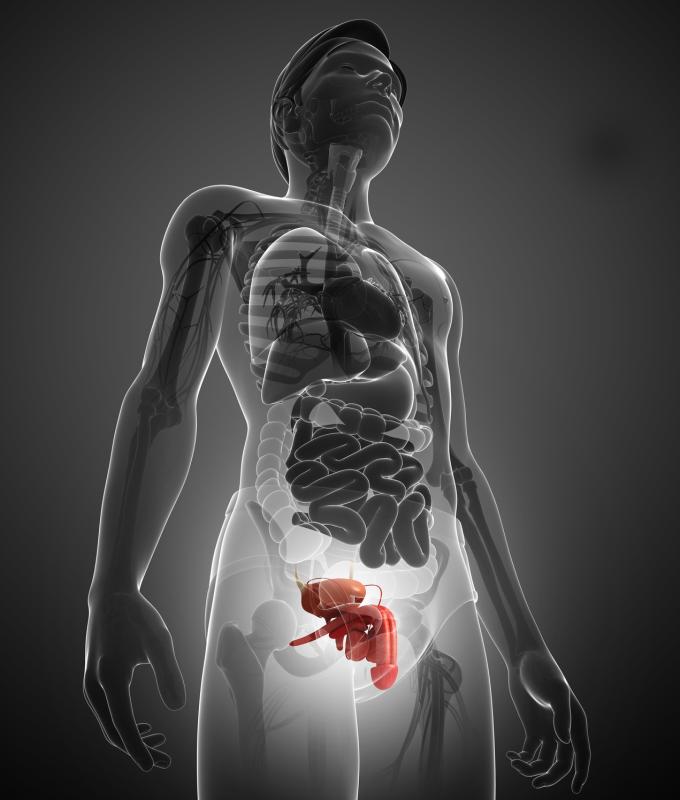
Administering a short course of androgen suppression in addition to salvage radiotherapy (RT) yields a substantial increase in survival in prostate cancer patients with increasing prostate-specific antigen (PSA) concentration following radical prostatectomy as compared with RT alone, according to long-term data from the phase III GETUG-AFU 16 trial.
“To date, radical prostatectomy is one of the most established treatments for localized prostate cancer in men younger than 70 years. However, the rate of biochemical recurrence at 5 years is 30–70 percent, depending on the initial staging,” the investigators noted.
The present data are consistent with that reported in the RTOG 9601 trial and confirm the beneficial effect of adding short-term androgen deprivation therapy (ADT) to salvage RT on progression-free and metastasis-free survival in patients with biological recurrence after radical prostatectomy, they added. [N Engl J Med 2017;376:417-428]
GETUG-AFU 16 randomized 743 prostate cancer patients to receive short-term androgen suppression (goserelin 10.8 mg administered subcutaneously on the first day of irradiation and 3 months later) plus RT (3D conformal RT or intensity modulated RT of 66 Gy in 33 fractions, 5 days a week for 7 weeks; n=369) or RT alone (n=374). All men had their PSA levels increased from 0.1 ng/mL to 0.2–2.0 ng/mL after radical prostatectomy, and none had previous exposure to ADT or pelvic RT.
Preliminary data reported in 2016 showed that the primary endpoint of an improvement in 5-year biochemical and/or clinical progression-free survival (PFS) was achieved (80 percent on RT plus ADT vs 62 percent on RT alone; hazard ratio [HR], 0.50, 95 percent confidence interval [CI] 0.38–0.66; p<0.0001). [Lancet Oncol 2016;17:747-756]
The present data, which involved a median follow-up of 112 months and derived from a posthoc analysis, confirmed the PFS advantage with add-on ADT vs RT alone at 10 years (64 percent vs 49 percent; HR, 0.54, 95 percent CI, 0.43–0.68; p<0.0001). This benefit was observed in both low-risk and high-risk disease subgroups. [Lancet Oncol 2019;20:1740-1749]
ADT plus RT also yielded a significant increase in metastasis-free survival (75 percent vs 69 percent with RT alone; HR, 0.73, 95 percent CI, 0.54–0.98; p=0.034), without a significant difference in the low-risk and high-risk subgroups.
The 10-year overall survival was similar: 86 percent with the combination vs 85 percent with RT alone (HR, 0.93, 95 percent CI, 0.63–1.39; p=0.73). According to the investigators, 14 patients would have to be treated with 6-month goserelin plus RT to prevent one metastatic event or death in the 10 years after salvage radiotherapy.
In terms of safety, short-term ADT did not contribute to an increased incidence of delayed serious adverse events. The rate of late grade 3–4 urinary incontinence was approximately 5 percent in both treatment arms. Two cases of secondary cancer were documented since the primary analysis, but none were related to treatment. There were no reports of treatment-related deaths.
Pointing to the favourable effect of ADT plus RT on metastasis-free survival, the investigators explained that such an outcome has been described as a strong surrogate of overall survival and approved by the US Food and Drug Administration as a clinical trial endpoint for prostate cancer.
“Current prognostic tools include the determination of PSA concentration, and its increase over time has long been the sole proof of a disease progressing in the absence of clinical symptoms; however, offering salvage therapy in response to rising PSA concentrations has never been shown to correlate with overall survival except in one randomized trial,” they said. [N Engl J Med 2017;376:417-428]
“Although we had a median follow-up of nearly 10 years in this study, a longer follow-up would be necessary to achieve the required number of events and high enough power to obtain significant results in subgroup and overall survival analyses,” they added.